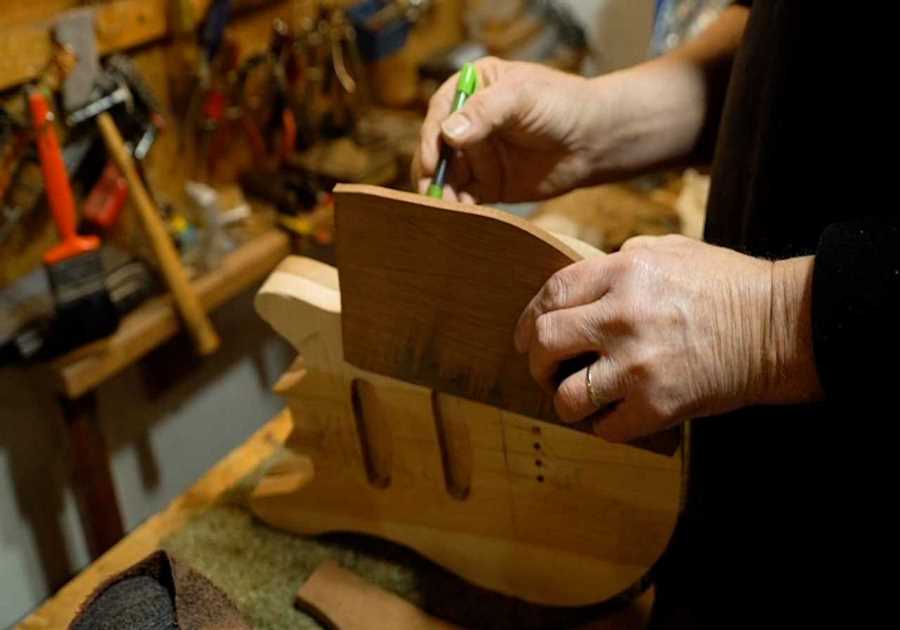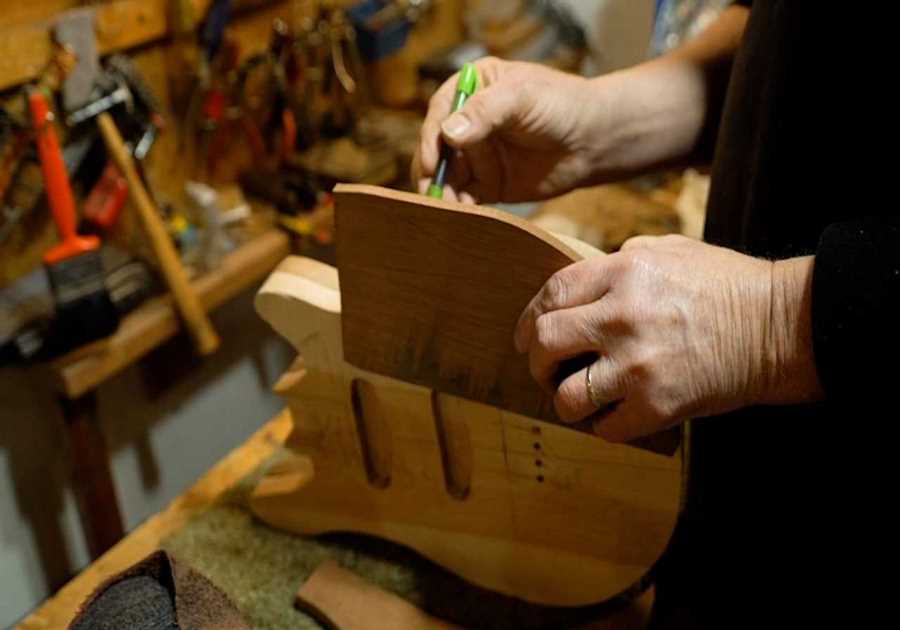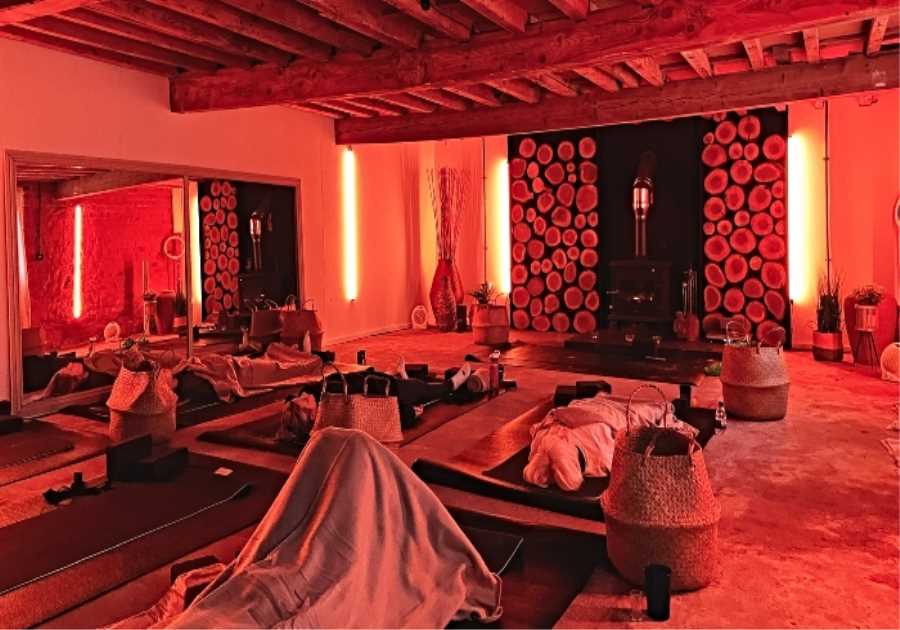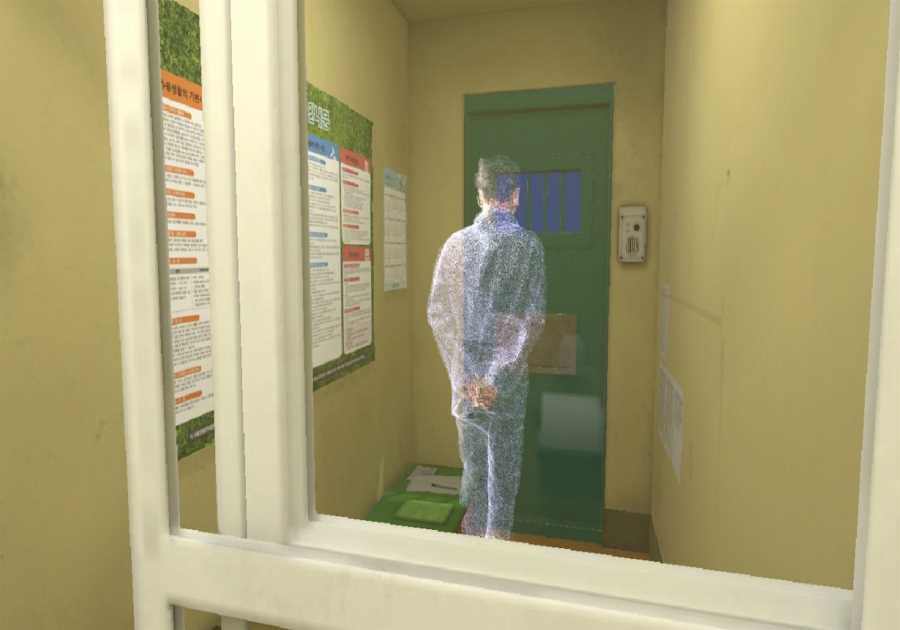Some of the unique Buddha statues found at the Malaysia Dhamma Sakyamuni Monastery (Cave Monastery) in Gunung Kanthan, Perak, July 20, 2021. – Image courtesy of Malaysia Dhamma Sakyamuni Monastery
IPOH, Aug. 15 – Gunung Kanthan, one of the last 12 remaining limestone mounds in the Kinta Valley National Geopark, is surrounded by lush greenery that is home to some critically endangered species of animals and plants such as toe geckos, snow-white orchids and small snails.
However, what makes this hill, estimated to be around five million years old, unique is the Dhamma Sakyamuni Cave Monastery.
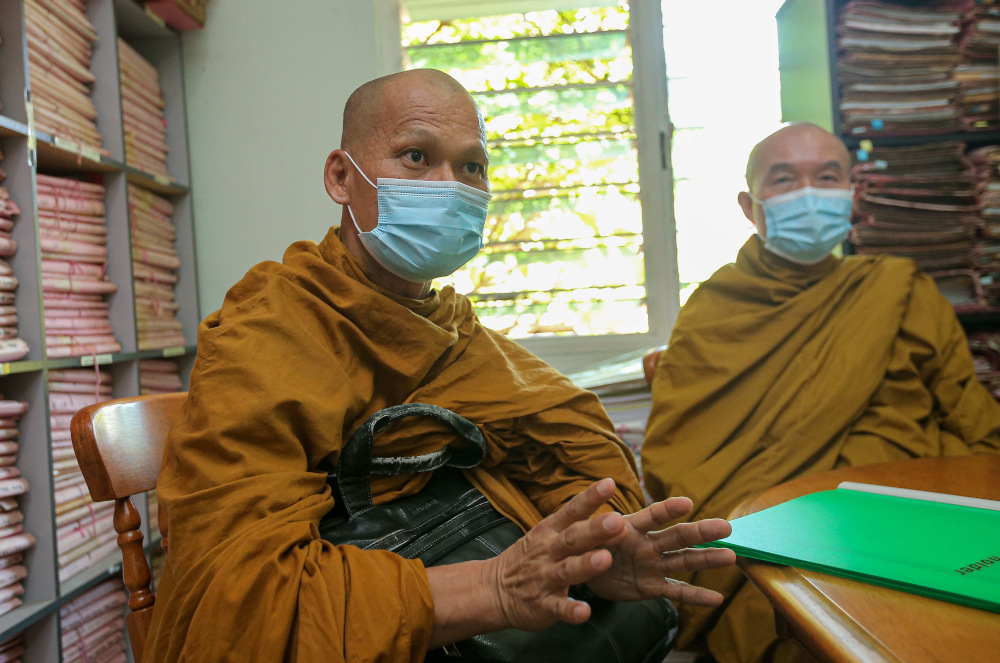
Malaysian Dhamma Sakyamuni Monastery (Cave Monastery) Abbot Chiong Sai Tin speaks to Malay Mail during an interview in Canning Garden, Ipoh, July 20, 2021. – Picture by Farhan Najib
The centuries-old monastery was built in the middle of the karst formation in the caves and houses around 15 monks and a place for prayer and meditation.
However, the existence of the cave monastery is now threatened by a company trying to expand its quarrying activities near the cave.
Over the years, around 80 percent of Gunung Kanthan has been cleared due to the quarry activities. “What is left of the hill is a small part, the zones C and D, in which the monastery and the endangered animal and plant species are located,” said abbot Dr. Chiong Sai Tin.
The Forest Research Institute of Malaysia (FRIM) said three critically endangered new plant species are found in Gunung Kanthan, namely Gymnostachyum kanthanense (Acanthaceae), Meiogyne kanthanensis (Annonaceae) and Vatica kanthanensis (Dipterocarpaceae).
Chiong also said the monastery had no clearance issues from previous companies that had been conducting quarrying activities near the hill.
He said the monastery officials had been assured by previous companies that there would be no development in the area where the monastery is located.
“When the current company took over in 2019, the eviction notice was unfortunately issued in 2020.
“The government and the company must exercise a certain degree of discretion as this is not just a matter of national heritage but also a great treasure trove of Buddhist heritage around the world,” he said.
Meanwhile, Malim Nawar MP Leong Cheok Keng said he would raise the matter at the next session of the State Assembly this month.
“Basically, my question is about finding out whether the state government supports the preservation of this area as a cultural heritage,” he said.
It was recently reported that Mentri Besar Datuk Saarani Mohamad has requested reports on the issue and will hold an official meeting with stakeholders to discuss a possible solution.
The monastery was founded by the great master Lao Shi Fu, one of the Thudong (ascetic) monks from Thailand who visited the mountains and caves in northern Malaysia for meditation retreats in the last century.
Chiong said that Great Master Lao had a vision of this monastery when he was in deep meditation.
“The accomplished Great Master Lao saw a nimitta (reflection of the mind in a deep meditative state) of this monastery during his deep meditation and looked for it,” he told Malay Mail.
“He came to Gunung Kanthan and established it as a place of rest and meditation,” he added.
Chiong said that the monastery has two main shrine halls, namely the upper cave and the lower cave.
“The upper cave was used by the monks as a place to live and meditate, while the lower cave is open to believers for prayer and singing,” he said.
Chiong said that after Grand Master Lao founded the monastery, many monks from different countries visited the place for meditation.
“It was at this point that people in the area began to learn more about the monks and the spiritual benefits of meditation,” he said.
Chiong added that some of the followers even became monks.
The monastery is also home to a unique large golden Buddha statue embedded in the upper cave.
“Initially, due to the small number of believers, only a small golden Buddha statue about 30.48 centimeters high was built.
“As the number of devotees began to grow up to the year 2000, Grand Master Lao decided to lead the monks to build a bigger and grander golden Buddha image,” he said.
He said it took them six months to complete the three-meter-high, five-ton golden Buddha statue.
“The golden Buddha statue is extremely unique because of its pronounced sitting posture, in which both palms are on the knees.
“For Buddhists, this is the perfect meditative level of the enlightened and compassionate Buddha. This sitting posture is not found in any other Buddha statue in the world, ”he said.

